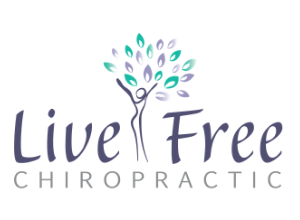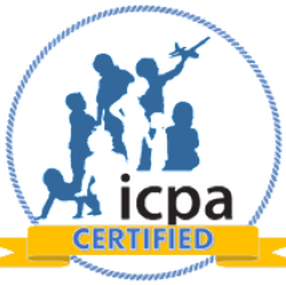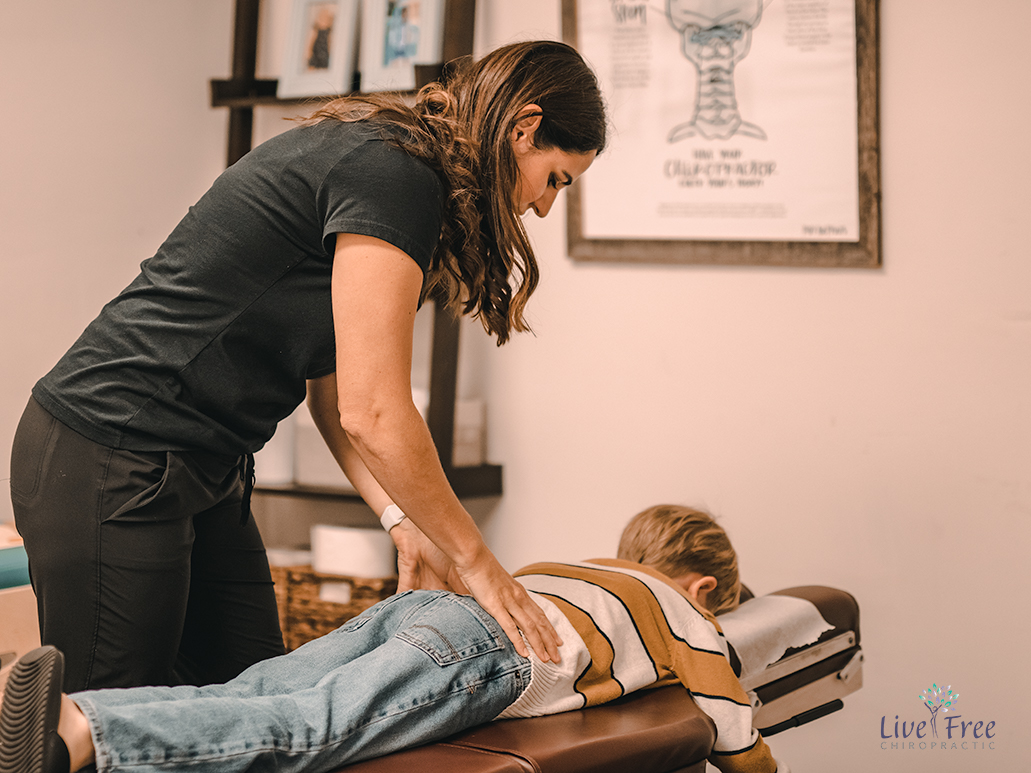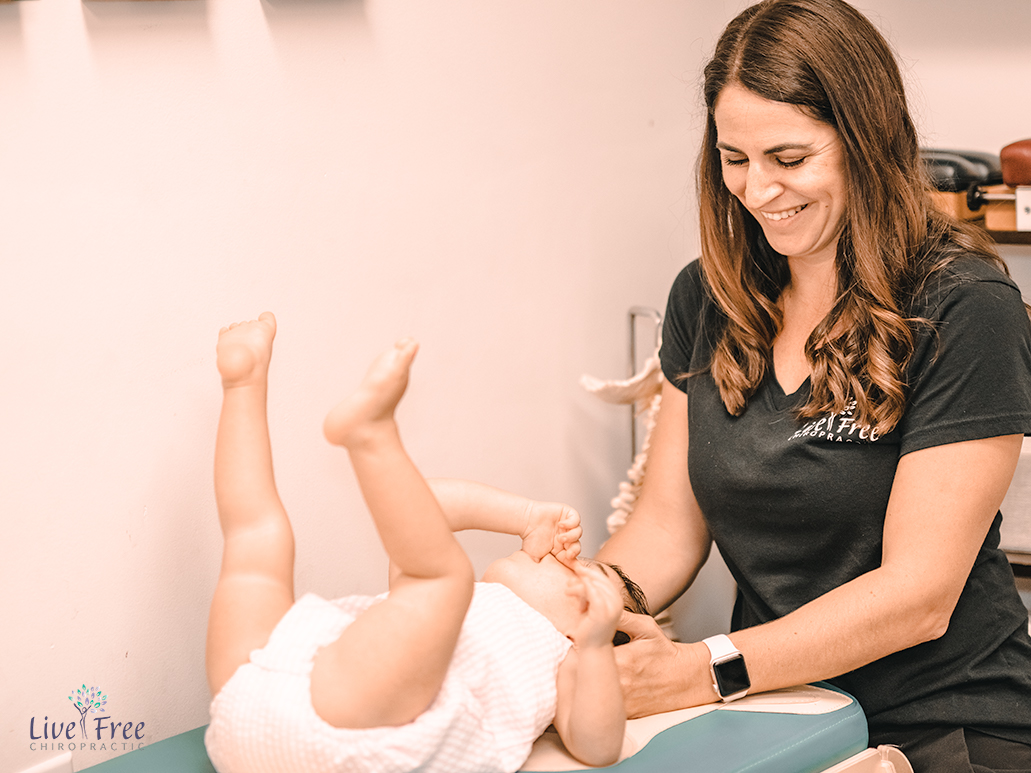CHIROPRACTIC CARE FOR CHILDREN
Why would children need chiropractic care?
A child encounters many physical stresses during their growing years. The resulting problems in children’s spines can occur at almost any point in their development and growth. One of the most common reasons for parents to seek chiropractic care for their child is physical trauma from an injury of some sort. The spinal misalignments that may occur at the time of the injury will not necessarily result in immediate pain or symptoms. In addition to physical stress, parents should be aware that emotional and chemical stress affect the child’s nervous system and may also warrant a spinal checkup.
The earliest challenge a growing spine faces is the position it is forced to adopt in utero. If this position is less than optimal, it can result in a longer and more difficult trip through the birth canal, which can compound the spinal problems. In this way, even natural birthing methods can stress an infant’s spine and nervous system—not to mention interventions such as induction, forceps, or cesarean section. The latter (which account for an alarmingly large percentage of births in the U.S.), while appear to offer a less traumatic birth for the child, can actually create additional traumas and compromises to the infant’s future health and well-being.
The cause of many newborn health complaints such as colic, reflux, breastfeeding difficulties, sleep disturbances, allergic reactions, and chronic infections can often be traced to nerve system irritation caused by spinal misalignments. Since significant spinal trauma can occur at, or prior to birth, many parents elect to have their newborn’s spine checked right after birth. Many developmental milestones such as learning to hold up the head, sitting upright, crawling, and walking are all activities that are affected by spinal alignment and are important times to have a child checked by a pediatric chiropractor. Additionally, falls, sports injuries, playground bumps, heavy school bags and sitting all day in the classroom are all physical stresses to the growing child’s spine and nervous system.
What does chiropractic care for children involve?
When I tell people that I care for many children and babies in my practice, their initial reaction is often one of surprise, as they assume that I use the same techniques on children as I do on adults. Chiropractic care is ‘tailored’ to the individual and their particular spine, and children are no exception. We offer specific, gentle adjustments appropriate to the infant and child’s spine.
Specific spinal adjustments for infants and young children involve very light fingertip pressure to correct spinal misalignments. This amount of “force” is often not more than a finger touch. This is usually sufficient to restore mobility to spinal joints which have become locked and are causing interference to the normal nervous system function.
Does it hurt?
In general, chiropractic care for children is painless, except in cases where the child has an actual injury. In these areas, the child may be sensitive to touch; however, once the adjustment has been made and the area can heal more effectively, the sensitivity is alleviated. Overall, most parents report that their children enjoy their spinal adjustments, and that they look forward to their next visit.
Is it safe?
The risks of a child suffering notable injury from a spinal adjustment are extremely minimal. Chiropractors have been adjusting children’s spines for more than 100 years and have an excellent safety record.
A recent study done by the International Chiropractic Pediatric Association (ICPA) in the United States, Canada, and Europe showed that only a few children (out of more than 10,000 visits) experienced minor discomfort and fussiness. The remaining children in the study had no adverse reactions to the adjustment. These preliminary data tells us that chiropractic care for children may be one of the safest forms of health care available.
How can I tell if my child has a spinal problem?
Unless a child has an obvious problem it can be difficult for a parent to recognize when a child’s spine is not aligned properly. There are some signs which can indicate spinal problems.
These include:
- disturbed sleeping patterns
- breastfeeding difficulties in the very young
- restricted head or neck movement to one side
- one shoulder higher than the other
Common childhood disorders can also be linked with spinal dysfunction, these include:
- recurrent ear infections
- persistent sore throats and colds
- colic/reflux
- asthma
- scoliosis
- headaches
- bedwetting and/or constipation
- growing pains
- ADHD





